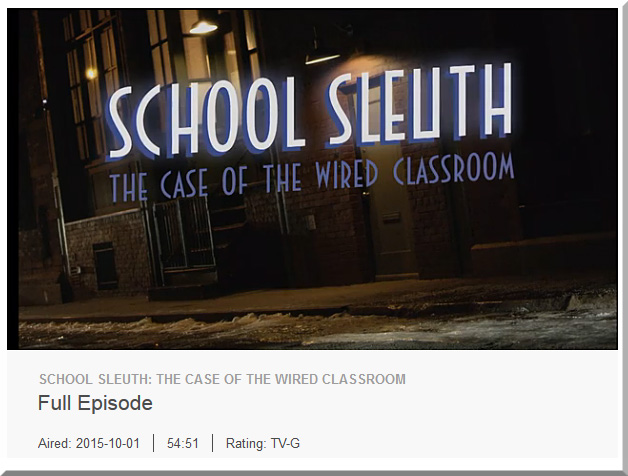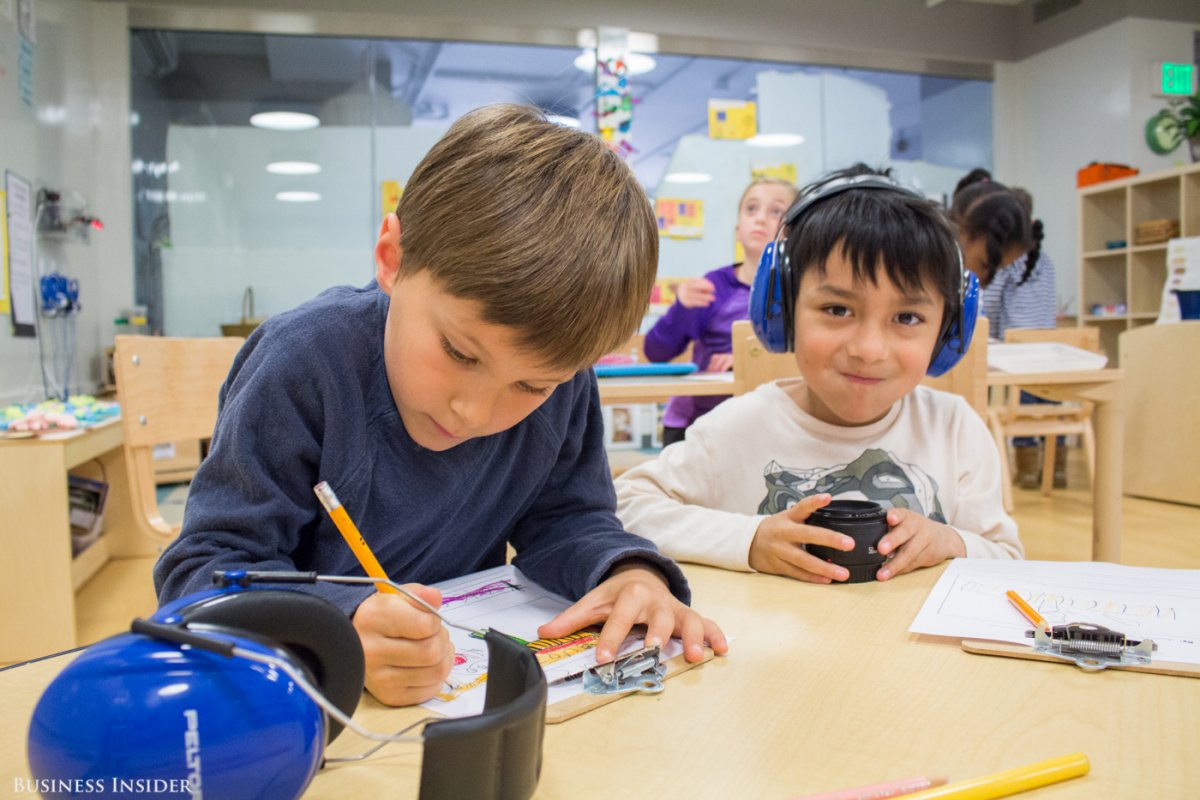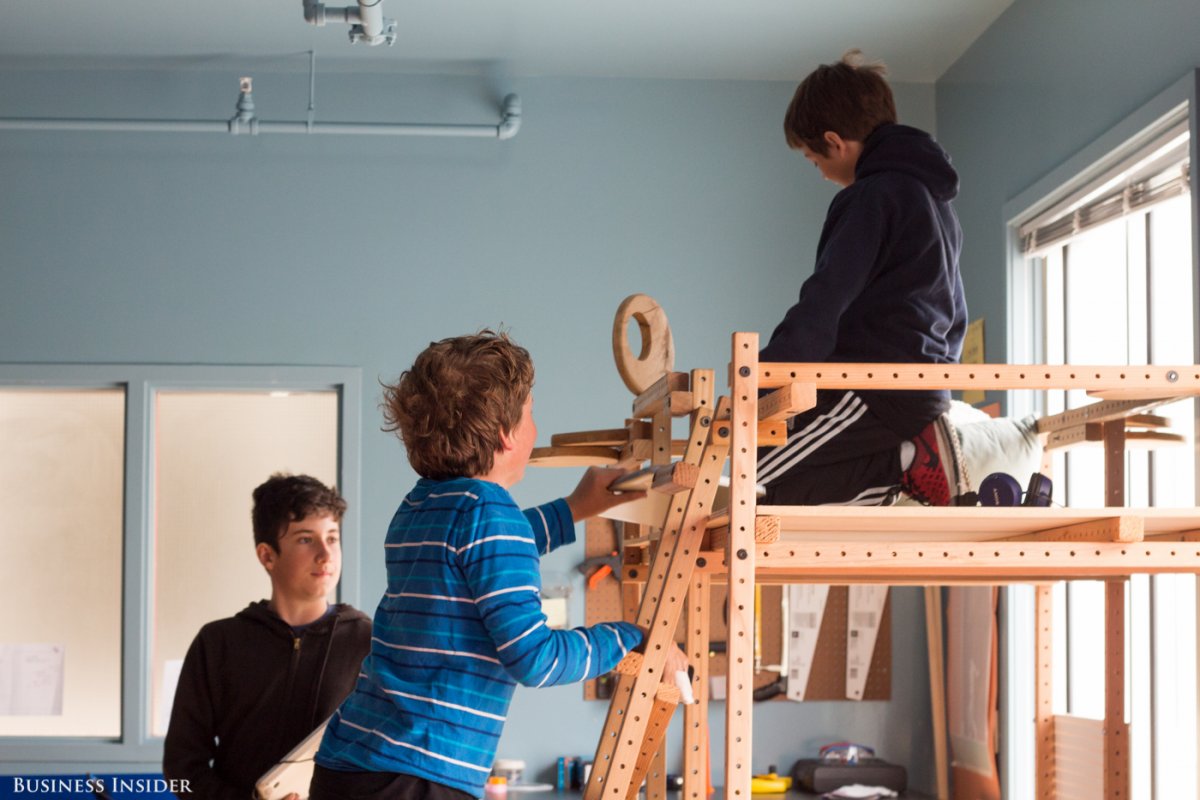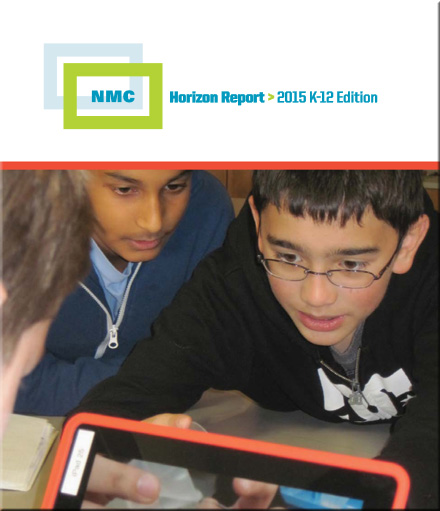From DSC:
Some of the items that I see at Singularity Hub — and the perspectives held and lifted up by some of the authors therein — are over the top…at least for me they are. Nevertheless, at other times I think that there are some pretty solid articles at the site. Along these lines, the following two postings are worth a read.
Automation is eating jobs, but these skills will always be valued in the workplace — from singularityhub.com by Alison Berman
If you’d asked farmers a few hundred years ago what skills their kids would need to thrive, it wouldn’t have taken long to answer. General skills for a single profession that only changed slowly.
Excerpt:
Finland recently shifted its national curriculum to a new model called the “phenomenon-based” approach. By 2020, the country will replace traditional classroom subjects with a topical approach highlighting the four Cs—communication, creativity, critical thinking, and collaboration. These four skills “are central to working in teams, and a reflection of the ‘hyperconnected’ world we live in today,” Singularity Hub Editor-in-Chief David Hill recently wrote.
Hill notes the four Cs directly correspond to the skills needed to be a successful 21st century entrepreneur—when accelerating change means the jobs we’re educating for today may not exist tomorrow. Finland’s approach reflects an important transition away from the antiquated model used in most US institutions—a model created for a slower, more stable labor market and economy that no longer exists.
In addition to the four Cs, successful entrepreneurs across the globe are demonstrating three additional soft skills that can be integrated into the classroom—adaptability, resiliency and grit, and a mindset of continuous learning.
These skills can equip students to be problem-solvers, inventive thinkers, and adaptive to the fast-paced change they are bound to encounter. In a world of uncertainty, the only constant is the ability to adapt, pivot, and get back on your feet.
From DSC:
I’m glad to see that they added 3 additional soft skills to the 4 C’s mentioned above: adaptability, resiliency and grit, and a mindset of continuous learning.
These skills can equip students to be problem-solvers, inventive thinkers, and adaptive to the fast-paced change they are bound to encounter. In a world of uncertainty, the only constant is the ability to adapt, pivot, and get back on your feet.
Given the pace of change, I think that one of the most overlooked competencies that is quickly becoming critical is the ability to scan the horizons to see what’s coming down the pike. We often have our eyesight turned downwards, focusing on the tasks at hand. But we don’t always do a good job of looking up, glancing around the various relevant landscapes to one’s job/position, and ascertaining which of the developing trends might impact us. We often either don’t know how to strategize or we don’t take the time to come up with plans for what we should do if those trends might adversely affect us. Instead, we move forward with our eyesight pointing downwards — then we suddenly get blindsided.
Also see:
How would today’s smartest teens overhaul education? We asked them — from singularityhub.com by Libby Falck
What happens when you gather 14 of the world’s brightest teenagers at Singularity University and ask them to design the future of education? During last summer’s Exponential Youth Camp, we found out.
Excerpts:
The first thing that became very clear during our conversation was that our group of “Generation Me” millennials expect their learning to be highly personalized. It should be “my choice” to pursue “my interests” at “my pace,” they argued. Although this may at first sound childish, these demands are far from selfish. Why? Because personalization is necessary to compete in today’s intricately specialized world.
…
Nonetheless, our XYC teens told us they are looking for more than hands-on practice in the classroom; they want opportunities to work on projects in the real world as well. For them, contributing to the local community sparked engagement and motivation in a way that classroom work couldn’t match. Furthermore, the teens told us that most tests “just don’t make sense.”
…
The teens told us online courses are “great for educated specialists” but don’t cater to beginners. They cited a lack of time to complete online coursework and internet connectivity issues faced by many schools as additional issues. Mostly, the teens didn’t like the idea of “going it alone.” The problem wasn’t that online learning content was bad, the students simply desired guidance in navigating the material.
…
The teens told us they value traditional subject matter, but opportunities to build more practical skills were lacking. Interest in learning more about money management and soft skill development — like teamwork, problem solving and conflict resolution — was mentioned multiple times.















